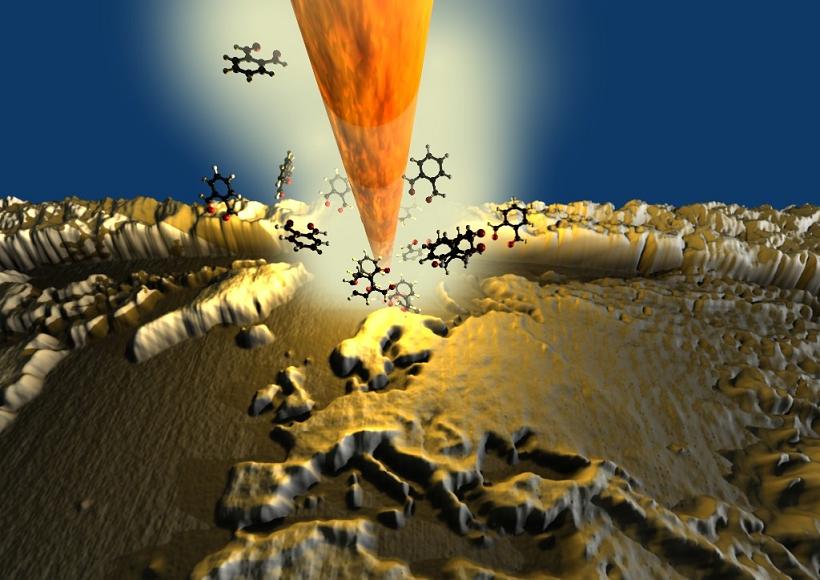It is indeed a small world: researchers at IBM have designed the smallest 1,000D map in the world. You can draw about 11 such maps, each measuring 22xXNUMX microns on a grain of salt

Scientists at IBM have created a 1,000D map of the world that is so tiny that about XNUMX such maps can be drawn on a grain of salt
Researchers at the IBM Research Laboratory in Zurich, Switzerland, have managed to design a three-dimensional map of the world, measuring 22 microns from east to west and 11 microns from north to south. These dimensions allow, for example, to wrap 15 such maps in one round around a human hair.
IBM scientists hope that the advanced technique they developed, which uses a tiny silicon needle to design three-dimensional nanostructures, will allow in the future to build electronic circuits and chips that are smaller and more compact than the lithography technique currently used to stamp the conductor lines on such chips, as well as to build nanorobots that could move inside the human body.
In an article in the professional journal Science and Applied Materials, IBM researchers present a new method of using a unique silicon needle, with a tip that is 100,000th the size of a pencil tip, in order to shape the surface structure of a polyphthalaldehyde polymer. Heating the needle to a temperature of 300-500 degrees made it possible to melt and vaporize tiny sections of the polymer without damaging the neighboring particles.
In order to control the movement of the needle over such small distances, the researchers placed it on a piece of ceramic material with piezoelectric properties: adjusting the intensity of the current transmitted through the ceramic material made it possible to stretch or shorten the material, while adjusting the position of the needle with the highest level of precision. This fully automatic system was fed with data from the American Geological Survey database - which made it possible to "carve" the world map in the tiny polymer in a little more than two minutes.
The use of piezoelectricity is not a new matter, but IBM researchers presented here a breakthrough in the choice of materials. The polymer used by the IBM laboratory staff in Switzerland was designed in advance in order to release its chemical bonds when exposed to heat, in a way that would allow the clean disposal of materials in defined structures required for various needs.
In addition to demonstrating the performance with polyphthalaldehyde, the researchers also conducted experiments with a material known as "molecular glass", and consisting of octagonal molecules known as "phenols", which can be removed in extremely small particles while evaporating and evaporating defined atoms from the surface of a given surface. The demonstration of this technique included the construction of a three-dimensional model of the Mathurn mountain in Switzerland, the entire height of which is 25 nanometers, about an eighth of the size of the smallest bacterium known today in the world.

9 תגובות
When the probability calculations do not agree with the facts - what is wrong are the calculations and not the facts.
2 minutes to the map? unlikely. This is a system that should physically move without extreme accelerations.
What it will really do is processors a thousand times faster at much lower costs
will be able to produce a single processor at almost the same cost as mass production, which means that the quality of the processors will be much higher, because the level of testing they can do before production will be 100%
And so Moore's Law survives again...
It comes out to about one pixel for every square that has a side of 31.5 km
All the information - including the information about the resolution (which is indeed not high) can be found here:
http://www-03.ibm.com/press/us/en/pressrelease/29983.wss
Interesting, but it can't be that reliable.
Ami, it is likely that this is a low resolution map?
It is almost a new dimension of construction, a new field that we have only just started to use. This is the field that will extend human life even more.
I don't know... it doesn't sound very believable to me.
A XNUMXD map of the entire world in two minutes?
Can such a large amount of information be sculpted inside a molecular surface?
I am very surprised by such a wonderful development.
I am more inclined to believe that the transition from the original article to the Hebrew article is inaccurate.